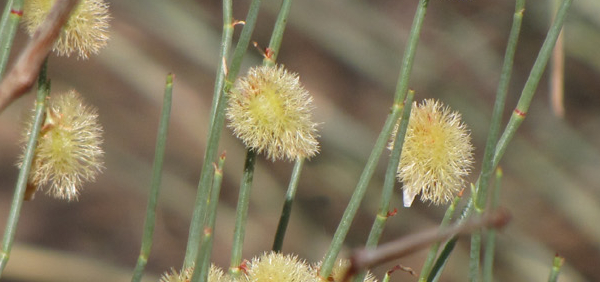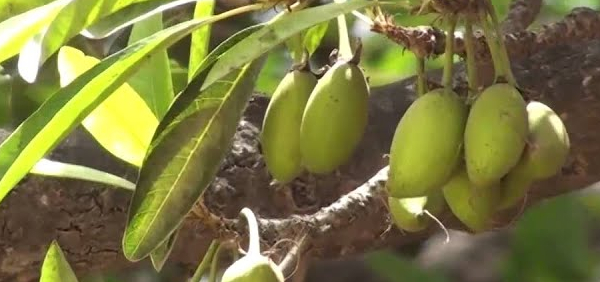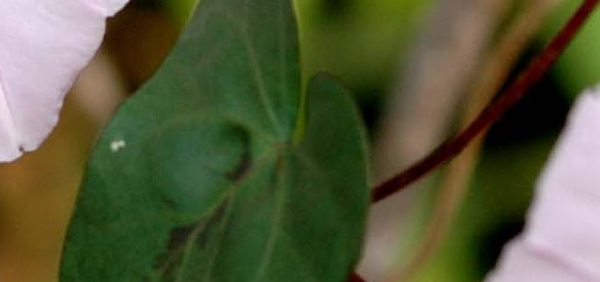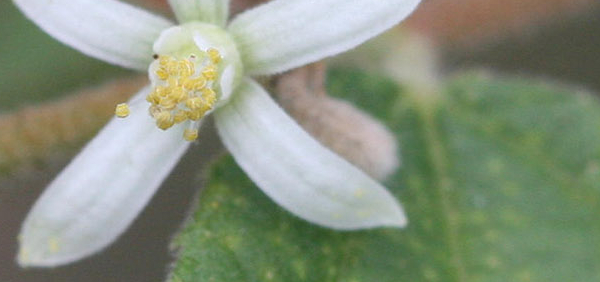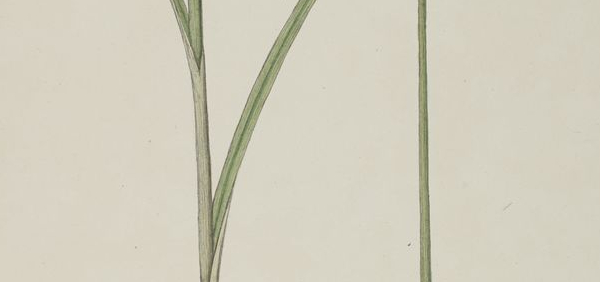mendhi :

Morphology:
Lawsonia inermisis a glabrous branched shrub or small tree (2 to 6 m in height). Leaves are small, opposite, entire margin elliptical to broadly lanceolate, sub-sessile, about 1.5 to 5 cm long, 0.5 to 2 cm wide, greenish brown to dull green, petiole short and glabrous acute or obtuse apex with tapering base. New branches are green in colour and quadrangular, turn red with age. Young barks are greyish brown, older plants have spine-tipped branchlets . Inflorescence has large pyramid shaped cyme. Flowers are small, numerous, aromatic, white or red coloured with four crumbled petals. Calyx has 0.2 cm tube and 0.3 cm spread lobes. The fruits are small, brown globose capsule, opening irregularly and split into four sections with a permanent style. Seeds have typical, pyramidal, hard and thick seed coat with brownish coloration
Histology:
-An epidermis, with striated cuticle, made up of one layer of isodiametric cellulose thin-walled cells - A Phelloderm made up of a layer of cellulose thin-walled cells - A Cortical parenchyma made up of rounded thin-walled cells separated by meatuses and containing crystals of calcium oxalate. Its internal zone is invaded with laticiferous surrounded of acicular crystals of calcium oxalate. A pericycle zone made up of lignified thick-walled fibres clusters with narrow lumen - A continuous conducting ring made up of secondary phloem composed of cellulose tabular thin-walled-cells and wood composed of vessels, often aligned radially, and strongly lignified woody parenchyma. A PITH made up of polyhedral slightly sclerified thick-walled cells separated by meatuses, invaded by clusters of crystals of calcium oxalate









